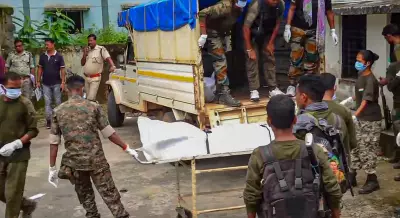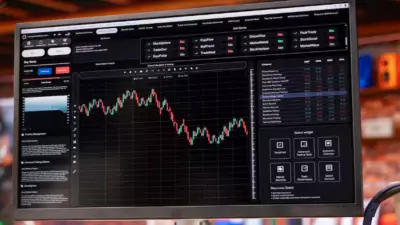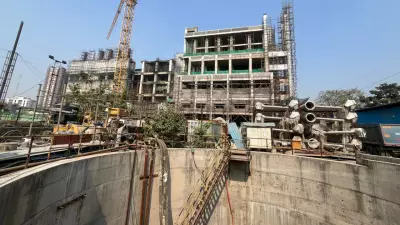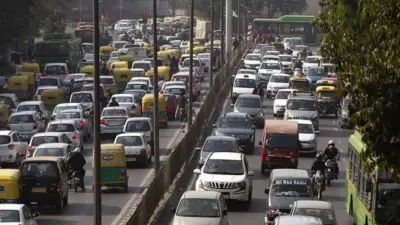Politics
3 Naxalites, Including Woman, Killed in Sukma Encounter with Security Forces
A woman among three Naxalites was killed in an encounter with security forces in Chhattisgarh's Sukma district on December 18. Police confirm the operation was based on specific intelligence.
Business
Solar Industries Secures 15-Year Explosives License, Stock Gains
Solar Industries India's stock surged after securing a crucial 15-year license for explosives manufacturing from the Petroleum and Explosives Safety Organisation. Details inside.
World
Mumbai's Rs 2,000-Crore Push to Revive Polluted Mithi River
Mumbai launches two major projects worth Rs 2,000 crore to tackle sewage and flooding in the Mithi River. The plan includes a diversion tunnel and tidal management systems.
Entertainment
James Cameron Warns AI is 'Very Dangerous' for Filmmaking, Praises SS Rajamouli
James Cameron discusses AI's role in cinema with SS Rajamouli, warning it's 'dangerous' if it replaces actors. He also expresses interest in visiting the 'Varanasi' set. Read more.
Sports
Lifestyle
Health
Viral Kickboxing Video: Army Vet's Fitness Stuns Internet
A 61-year-old retired Lieutenant Colonel's intense kickboxing routine goes viral on X, drawing playful Mahatma Gandhi comparisons. Discover the story behind the fit veteran's discipline.
Diabetes Cases Projected to Reach 900 Million by 2050
New projections warn diabetes cases could hit 900 million globally by 2050, driven by modern lifestyles. Learn the causes, impacts, and prevention strategies to combat this silent pandemic.
Delhi roads see less traffic after GRAP-4 implementation
Delhi government reports a significant reduction in vehicular movement following the imposition of GRAP-4 anti-pollution measures. Read the full impact assessment here.
Six Kids Get HIV from Tainted Blood in Satna; 3 Suspended
Madhya Pradesh govt suspends three, including blood bank in-charge, after six children contract HIV via transfusion in Satna. Read the shocking details and official action.
David Caprio's Skin Cancer Scare: A Vital Warning
David Caprio, son of Judge Frank Caprio, shares a chilling skin cancer biopsy story. Learn about skin cancer risks, types like melanoma, and crucial prevention tips to protect yourself and family.
Technology
Get Updates
Subscribe to our newsletter to receive the latest updates in your inbox!
We hate spammers and never send spam










































